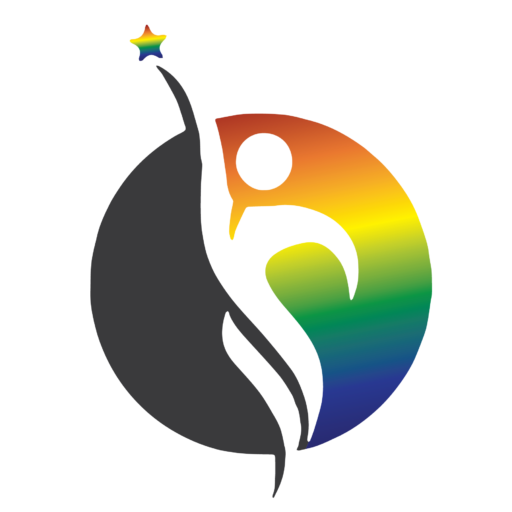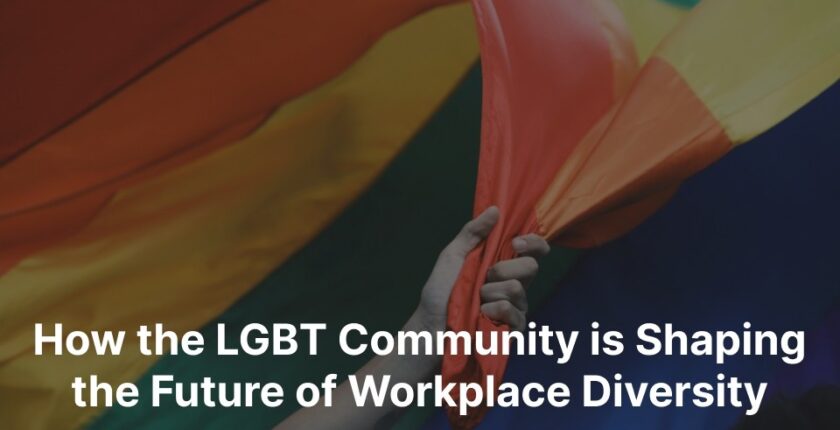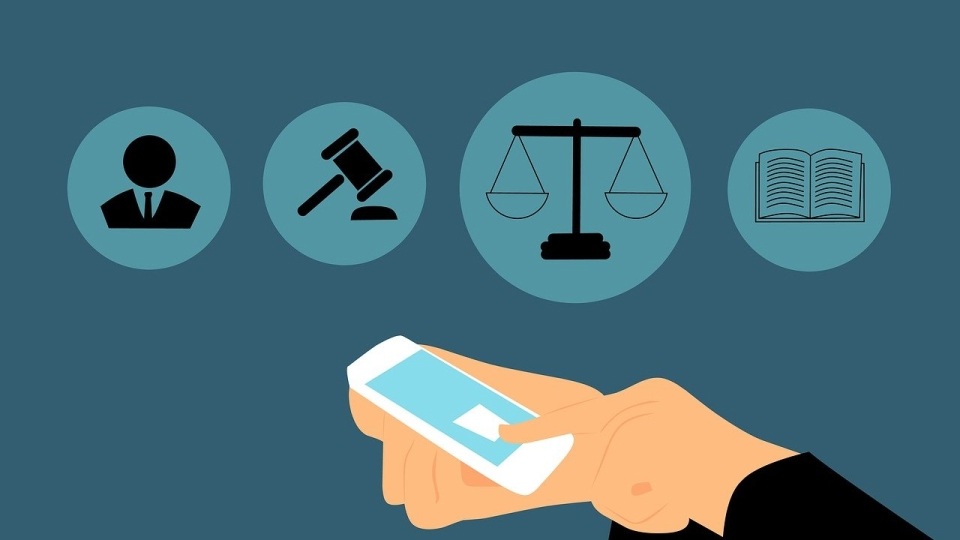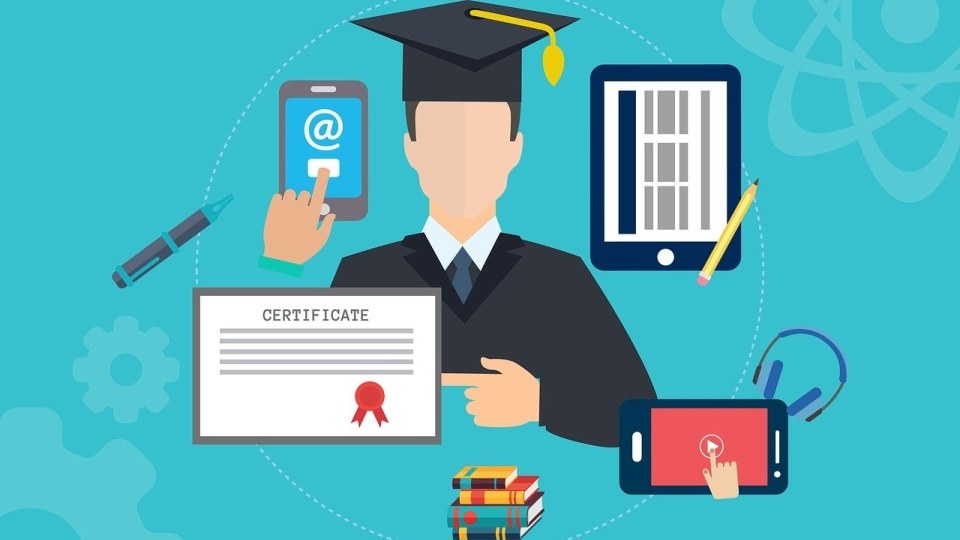How the LGBT Community is Shaping the Future of Workplace Diversity
“Diversity” has become a hallmark of modern workplaces—an aspiration that businesses around the globe strive to achieve. But what does real diversity look like, beyond the broad buzzwords and well-meaning mission statements? Increasingly, the LGBT community is at the forefront of this transformative shift.
By pushing for policies, representation, and practices that ensure everyone feels welcome, LGBT professionals have changed the way many organizations define “inclusive”. We’ll explore how the LGBT community is shaping the future of workplace diversity.
We’ll delve into the historical struggles that lit the spark for today’s progressive changes, showcase how inclusive cultures help organizations excel, and highlight the pivotal role of platforms like joboard.lgbt in connecting LGBT candidates with employers that truly value their unique perspectives.
Understanding Diversity Beyond Mere Numbers
When discussing diversity, a common pitfall is zeroing in on numerical statistics—like how many LGBT employees a company hires or how many promotions go to underrepresented groups. While data can provide a snapshot of progress, it doesn’t paint the entire picture.
True inclusion demands more than meeting a diversity quota; it requires fostering a culture where every voice resonates and is genuinely acknowledged. LGBT inclusion, specifically, urges organizations to go beyond traditional diversity metrics.
It highlights the importance of creating safe, affirming spaces where individuals can proudly bring their whole selves to work. No longer just a statistic, these employees become agents of change, demonstrating that diversity can supercharge innovation and interpersonal synergy within teams.
LGBT Representation and Visibility
Breaking Glass Ceilings: Representation isn’t a token gesture; it’s a transformative force. When LGBT professionals occupy leadership roles—from team leads to C-suite executives—they serve as beacons of possibility for aspiring talent within and outside their organizations. These visible role models also challenge any lingering biases, proving that inclusive environments can—indeed, must—extend all the way to the top.
Role Models and Mentors: LGBT mentors offer more than just career guidance; they provide a perspective informed by personal experience. Younger employees (or those newly identifying as LGBT) benefit immensely from the insights of mentors who have navigated the complexities of coming out at work, negotiating inclusive benefits, or advocating for policy changes. This knowledge transfer accelerates cultural change within companies, one conversation at a time.
Policy and Legal Progress
Anti-Discrimination Laws: Legal frameworks are crucial in fostering inclusive workplaces. Countries that have enacted specific protections against discrimination based on sexual orientation or gender identity send a clear signal to organizations: treat LGBT employees fairly or face legal ramifications. These laws level the playing field, encouraging more LGBT individuals to be open about their identities without fear of reprisal.
Global Perspectives: Multinational corporations often confront the issue of differing legal standards across regions. While some countries have robust protections, others lag behind. The most progressive companies choose to impose their inclusive standards globally, signaling an unwavering commitment to equality. By doing so, they set a precedent, gradually shaping the global norms around workplace diversity.
How the LGBT Community Sparks Innovative Practices
Adaptive Leadership and Problem-Solving: Many LGBT people grow up exercising heightened empathy and adaptability, partly due to navigating spaces where they might be misunderstood or unwelcome. These traits translate seamlessly into the corporate world. Empathetic leaders are better at conflict resolution, communication, and building cohesive teams—qualities that modern businesses increasingly value.
Creating Safe Spaces for Ideas: When employees feel safe to express themselves—without the need to self-censor—creativity skyrockets. LGBT professionals have often been at the helm of creating these psychologically safe spaces, championing changes like gender-neutral restrooms, inclusive dress codes, and mental health support. The ripple effect: all employees benefit, as collaboration improves and fresh ideas flow freely.
Corporate Social Responsibility (CSR) and LGBT Advocacy
Giving Back to the Community: CSR goes beyond boosting a company’s public image. For many LGBT employees, seeing their employer invest in LGBT youth programs, sponsor Pride events, or support inclusive legislation bolsters personal pride in their workplace. It also cements the idea that the company’s commitment to diversity isn’t lip service but a core value guiding strategic decision-making.
Aligning Brand Values with Social Causes: Today’s consumers—and by extension, job seekers—are more discerning about who they support. Brands that openly champion LGBT rights and align with inclusive social causes are better positioned to attract top talent. They’re also more likely to earn loyal customers who respect the company’s stance on equality. For businesses, it’s a win-win: they benefit from an enhanced reputation while making a genuine difference in the communities they serve.
The Role of Employee Resource Groups (ERGs)
Fostering Leadership Skills: ERGs, sometimes called affinity groups, provide a space for underrepresented employees to connect, share stories, and advocate for specific needs. LGBT-focused ERGs often launch mentorship programs, fundraising events, or policy reviews. Leading these initiatives not only empowers individual employees but also hones their leadership, project management, and communication skills—valuable assets for any organization.
Empowering Employees to Drive Change: ERGs act as incubators for innovative ideas. When employees see gaps—be it in healthcare coverage for transgender colleagues or language on company forms that isn’t inclusive—they can rally support within the ERG to propose changes. These grassroots efforts often gain momentum, culminating in policy revisions that benefit everyone.
Technology and Remote Work Impact
Expanding Global Opportunities: The rise of remote work has opened doors to LGBT professionals who live in regions with fewer legal protections. Now, they can collaborate with teams in more progressive areas, broadening their career horizons. This fusion of cultural and geographical diversity fuels fresh perspectives and fosters greater empathy among colleagues scattered across time zones.
Overcoming Geographical Barriers: Remote work also democratizes access to high-paying jobs and leadership positions that might be sparse in certain regions. LGBT individuals in less inclusive areas no longer need to relocate just to find workplaces that respect their identities. As remote work continues to evolve, companies that wholeheartedly embrace LGBT talent, regardless of location, will emerge as global leaders in diversity.
The Importance of Allyship
Allies as Catalysts for Culture Shift: Allies—those who are not LGBT themselves but champion the rights and well-being of LGBT colleagues—are invaluable. They can speak up against insensitive remarks, lend credibility to LGBT-led initiatives, and serve as a bridge to upper management. Their actions effectively share the emotional load that’s often placed on LGBT employees alone, accelerating inclusive culture shifts.
Encouraging Open Dialogue: Open dialogue starts when allies make it clear that questions about LGBT issues are welcome, as long as they’re respectful. This willingness to have honest conversations helps dismantle stereotypes and normalizes inclusion. When an organization sees its allies consistently modeling inclusive behavior, acceptance transforms into the cultural status quo.
Training and Education in the Workplace
Sensitivity Workshops: Sensitivity workshops serve as a stepping stone toward understanding. Whether you’re dealing with pronoun usage, identity terms, or the nuances of microaggressions, structured training can demystify these topics. By encouraging employees to learn from each other’s experiences, sensitivity workshops lay the groundwork for more profound cultural transformation.
Continuous Learning Programs: Workplace diversity is a fluid concept; it evolves alongside societal norms and emerging research. Companies that invest in continuous learning programs—like annual seminars, guest lectures, or online courses—stay ahead of the curve. These programs help employees adapt to new knowledge, from best practices for trans healthcare benefits to the latest inclusion tech tools.
How JobBoard.LGBT Supports Diversity with Dedicated LGBT Job Boards
A critical part of building a truly inclusive workforce is ensuring that potential hires know there’s a safe place waiting for them. That’s where dedicated LGBT job boards, like joboard.lgbt, come in. By specifically catering to LGBT professionals, these platforms make it easier to connect with employers that already uphold inclusive values.
joboard.lgbt does more than just list available roles. It often provides information on each employer’s stance toward LGBT employees, any existing ERGs, and whether inclusive policies such as gender-neutral bathrooms or robust anti-discrimination clauses are in place.
For LGBT job seekers wanting to avoid workplaces that are merely checking a “diversity box,” such tailored resources are invaluable. Instead of sifting through countless generic job postings, candidates can cut directly to the chase on joboard.lgbt.
Thanks to advanced search filters, it’s possible to zero in on roles that match both your skillset and your personal values. This level of transparency speeds up the job hunt and reduces the anxiety of wondering whether you’ll have to compromise your identity once you’re hired.
Measuring Success in Diversity Initiatives
Numbers—like the percentage of LGBT employees in a company—help gauge progress, but they don’t reveal the whole picture. Do these employees feel genuinely embraced, or do they sense that they have to toe the line to fit in?
That’s where qualitative data becomes crucial. Surveys, focus groups, and one-on-one interviews can uncover challenges and highlight triumphs, giving leaders a deeper understanding of the lived experiences behind the stats. Companies that excel at LGBT inclusion don’t just score moral victories; they often perform better financially.
Diverse teams bring different angles to problem-solving, leading to more robust and creative solutions. High levels of employee engagement typically correlate with lower turnover, boosting overall productivity. By quantifying these benefits, employers build a business case for continuing to invest in inclusive practices.
Future Trends in LGBT Leadership
A new generation of LGBT entrepreneurs is taking the reins, founding startups that intertwine inclusion with innovation. From apps that connect LGBT travelers to safe accommodations, to consultancies that teach corporations how to become more inclusive, these businesses show that diversity isn’t just a moral stance—it’s also a business advantage.
As they grow, they set a new standard for how organizations can integrate community-focused values from day one. Gen Z is stepping into the workforce with a strong social conscience. Known for openly discussing mental health, identity, and social justice, this generation has little patience for hollow corporate statements.
They want action, and they’re quick to hold companies accountable via social media or organized boycotts. For workplaces hoping to attract and retain Gen Z talent, aligning words with deeds—especially around LGBT inclusion—is more crucial than ever.
Conclusion
The push for workplace diversity is far from a static process, and the LGBT community continues to be a vital driving force. From the time when simply being open about one’s identity could cost someone their job, to today—where inclusive leadership is rapidly becoming the gold standard—the journey has been remarkable.
There’s still plenty to achieve, but the path forward grows clearer as more organizations embrace the core principle that everyone deserves dignity and respect.
By working in unison—LGBT professionals, allies, and forward-thinking companies—we can build a professional landscape that doesn’t just accept difference but thrives on it. The future of workplace diversity is here, and it’s being shaped, day by day, by the LGBT community’s unwavering resolve.
FAQs
LGBT professionals offer unique perspectives informed by a rich variety of life experiences. Their presence fosters creativity, empathy, and broader problem-solving capabilities.
Specialized job boards streamline the hiring process by matching LGBT job seekers with organizations that actively support inclusive policies. This transparency benefits both sides, ensuring a better cultural fit from the start.
Implement anti-discrimination policies, promote Employee Resource Groups, sponsor LGBT-focused events, and encourage open conversations about identity. These measures create a foundation for lasting inclusivity.
Absolutely. Allies help shoulder the emotional labor, champion LGBT voices, and normalize inclusive behaviors. Their involvement accelerates culture shifts, making workplaces more welcoming for everyone.
Recognize that each employee’s experience is shaped by multiple social factors. Provide resources and platforms that cater to diverse racial, cultural, and economic backgrounds, ensuring no one feels overlooked or marginalized.



